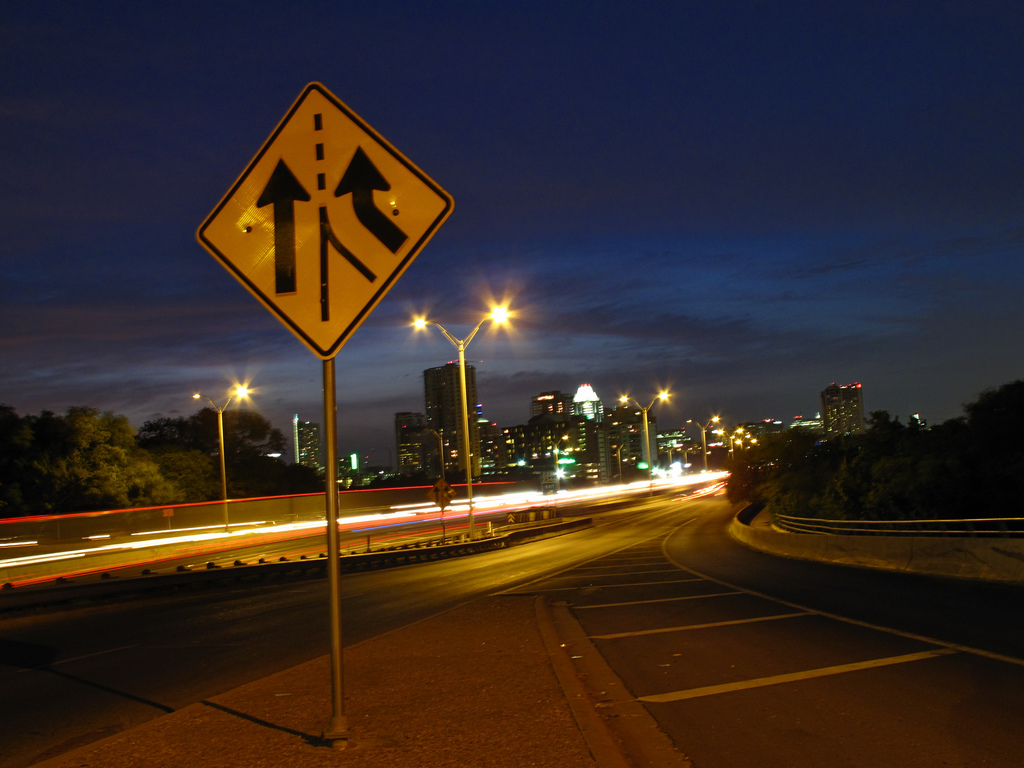Whether teen drivers are merging, passing, or turning while behind the wheel they must be alert and aware of what other drivers are doing. Drivers of all levels of experience have caused accidents due to being inconsiderate or oblivious when engaged in one of these behaviors. Teens, incorporate the following guidelines into driving behavior to avoid causing an accident.
Merging into highway traffic is a complicated process that requires practice. Use the entrance ramp or acceleration lane to increase speed to that of the highway traffic. Activate the turn signal to indicate the intention to merge. Look for a gap in the traffic while keeping eyes on cars in front of and behind you. Move into the identified gap and turn off the turn signal.
The more quickly a driver accelerates to the highway speed, the easier merging will be. Accelerate safely before reaching the merge area and use this time to identify traffic gaps. Maintain sufficient following distance to avoid hitting a car in front of you that brakes unexpectedly. Knowing what cars behind you are doing comes in handy if you must brake quickly.
Pass only when there is a dotted line on your side of the road. Do not pass if you are unsure whether there is enough time or space to do so. If the car you want to pass is traveling at the maximum speed limit do not pass it or you may be pulled over for speeding. A driver should be traveling a minimum of ten miles per hour faster than the car being passed.
Never pass a car when another vehicle is passing you. Do not pass when there is oncoming traffic, on a bridge, or when there is a hill, curve, or other blind spot in front of you. If weather conditions are dangerous or there is road work, avoid passing. Do not pass on a two-lane road if you cannot see around the vehicle you are passing. If passing is safe, activate the turn signal and clear the passed car completely with space to spare before pulling into the lane in front of the vehicle.
When at a busy intersection that does not have a turn signal, avoid making a left hand turn. Experience is required to gauge turning times in oncoming traffic. Plan an alternate route or travel to a nearby intersection that features a left turn light. Always use a turn signal to indicate the intention to turn and signal in advance so cars behind you can react. After completing a turn, turn off the signal.
*Photo Courtesy of Matthew Rutledge via Creative Commons License

